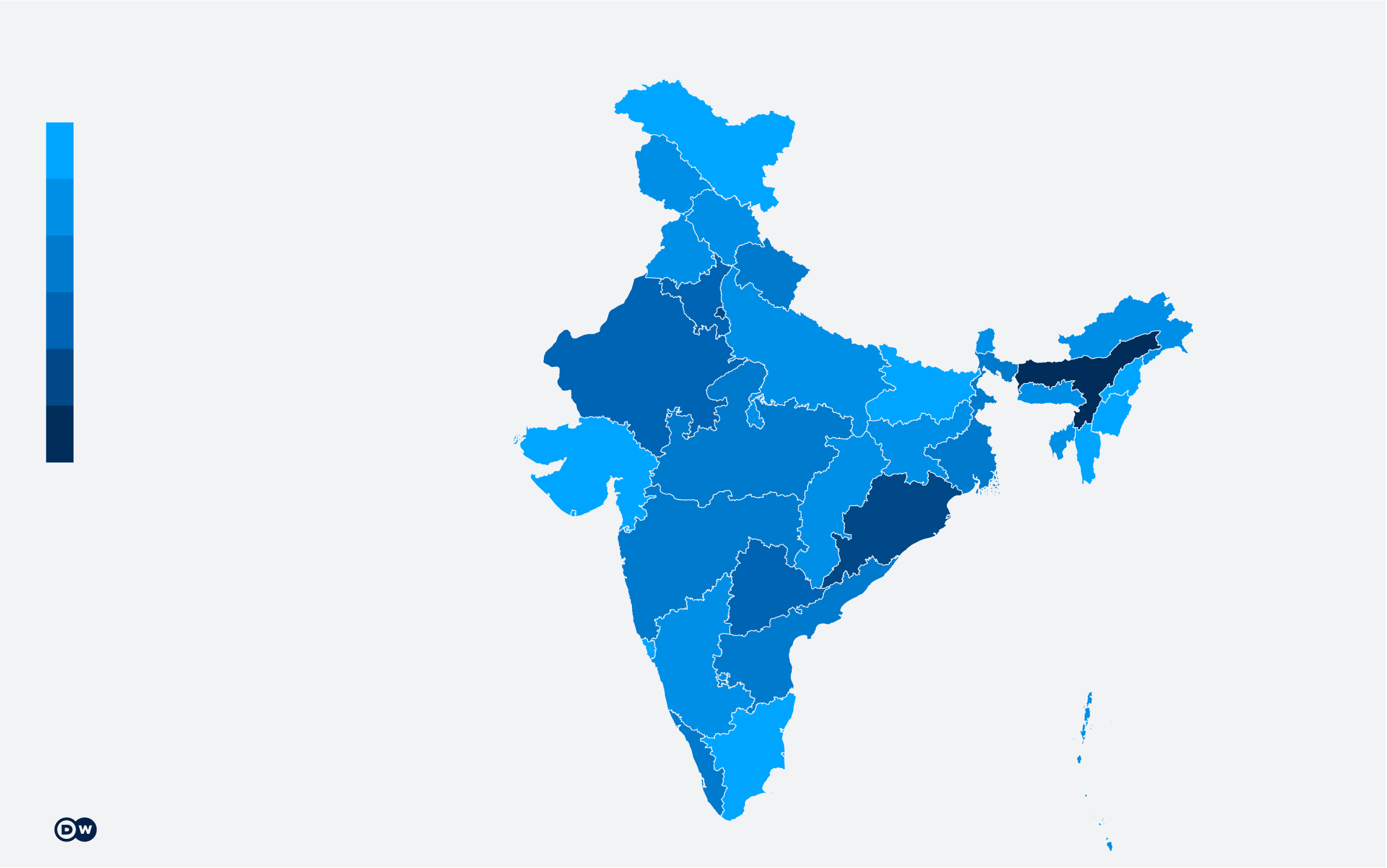Recent murders have drawn public attention to gender-based violence in India, where officials have failed to track such attacks. As the UN compiles femicide statistics, DW looks at why India is likely to come up short.
On November 12, news broke of a young woman in Delhi who was strangled and dismembered by her live-in partner. He scattered bits of her body across the capital. That came shortly after a high-profile killing in August in which a 19-year-old in Jharkhand was burnt to death in bed by her stalker. The incident caused outcry and brought many people to the streets in protest.
Nishi Mitra, an anthropologist at the Tata Institute of Social Sciences in Mumbai, has spent some years scrutinizing India’s annual crime data to understand the extent of femicide, or the killing of women because of their gender.
Data, however, aren’t recorded in India in a way that would allow anyone to identify or count femicides. The killings of women are recorded as regular homicides.
“The data is the biggest issue,” she said. “The problem still remains invisible.”
Mitra was one of the few people in India to use the word “femicide” when she published a research paper on the topic in 2016. Even the definition of the term was unclear at the time. Was it a femicide anytime a man killed a woman? Was it still femicide if another woman had done the killing? Did the motive matter? There was no consensus — within India or globally.
“The most important factor of why we need this term is to make visible crime which has eluded the criminal justice system, wherein murder of women is not really understood,” Mitra said. “And the complex gendered factors by which violence gets invisibilized and institutionalized is not taken into cognizance.”
As part of an effort to track femicides across its member states, in March 2022 the United Nations established a framework to record the gender-related killings of women and girls by intimate partners, family members or unknown perpetrators.
Records show inconsistencies
Although motives for homicides are listed by the police in annual reports released by India’s National Crime Records Bureau (NCRB), there is no specific information on why the female victims were killed.
The total number of homicides of women also does not tally with other numbers presented later in the report. The sum of cases listed under “murder with rape,” “dowry deaths” and “abetment to suicide” far exceed the homicide total. This mismatch has partly to do with how cases are classified when multiple crimes are involved.
Mitra said this was because of a lack of consistency from year to year.
“The report keeps changing its categories of data collection, so their comparability (across years) is very problematic,” she said. For example, “murder with rape” did not exist as a category till 2017, although the NCRB data has existed since 1993.
Though femicides are not recorded as such, there are official statistics for other forms of violence against women.
Assam records the most violence despite underreporting
The northeastern state of Assam is known for its tea estates and lush rainforests. It is also, according toNCRB data, the state with the highest rate of violent crimes against women.
Assam saw more than 800 cases of violent crimes against women per million people in 2021, when the national average was 282. Delhi recorded 690 cases per million the same year. Odisha (685), Haryana (563), Telangana (552) and Rajasthan (512) follow. Nagaland, Gujarat and Tamil Nadu are the states that report the lowest rates of violence against women, at 25, 105 and 111 cases per million people, respectively.





